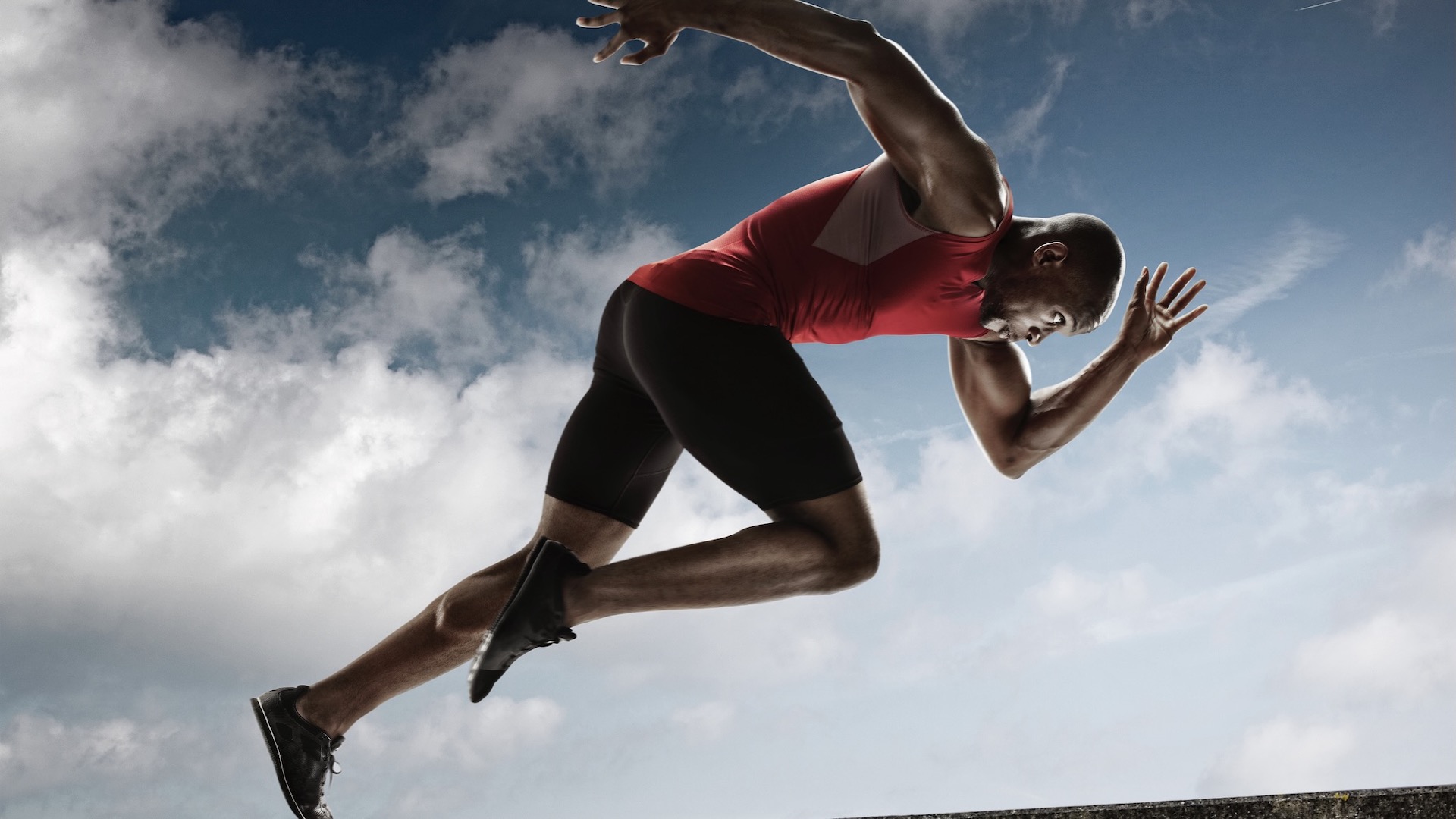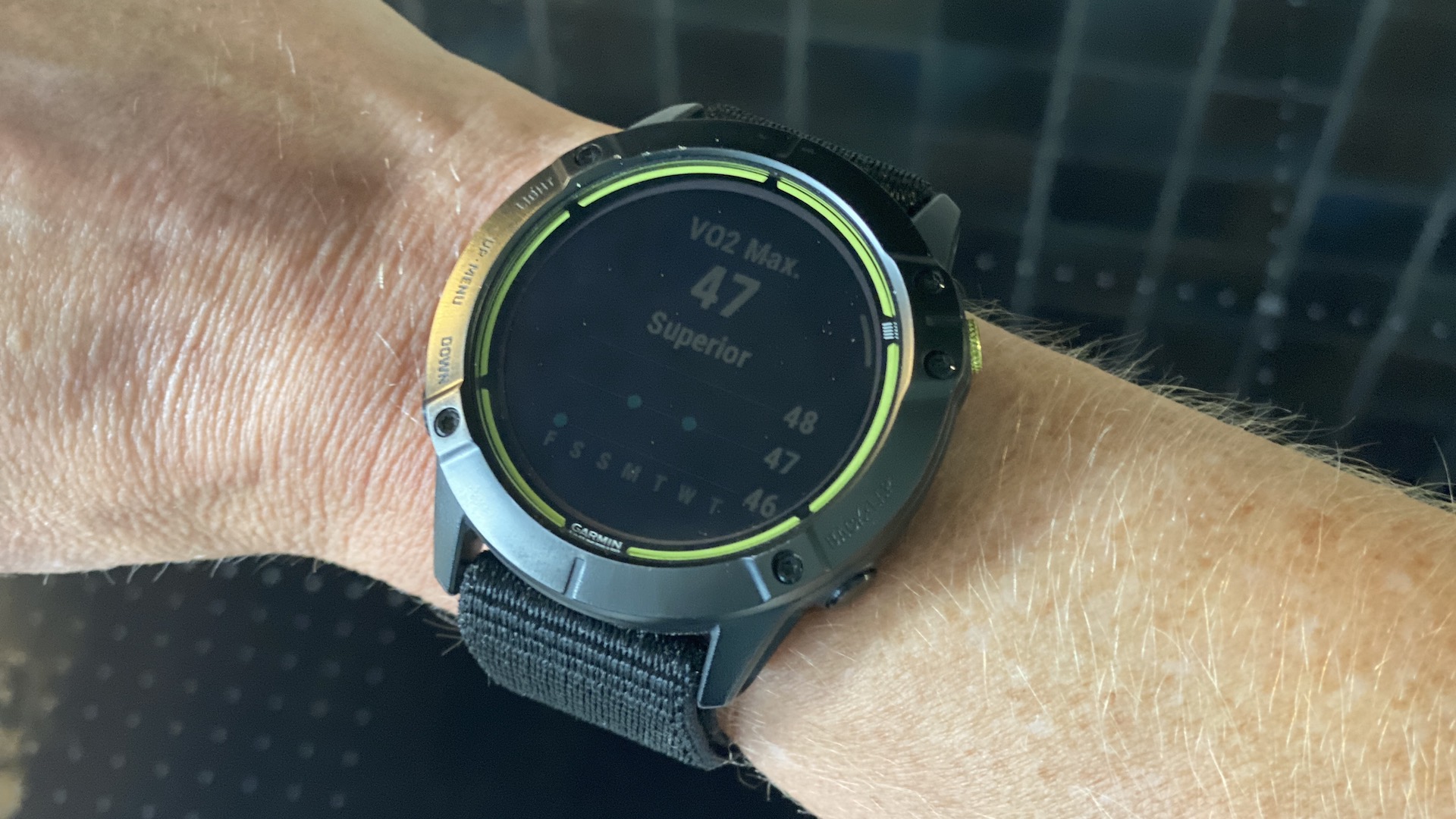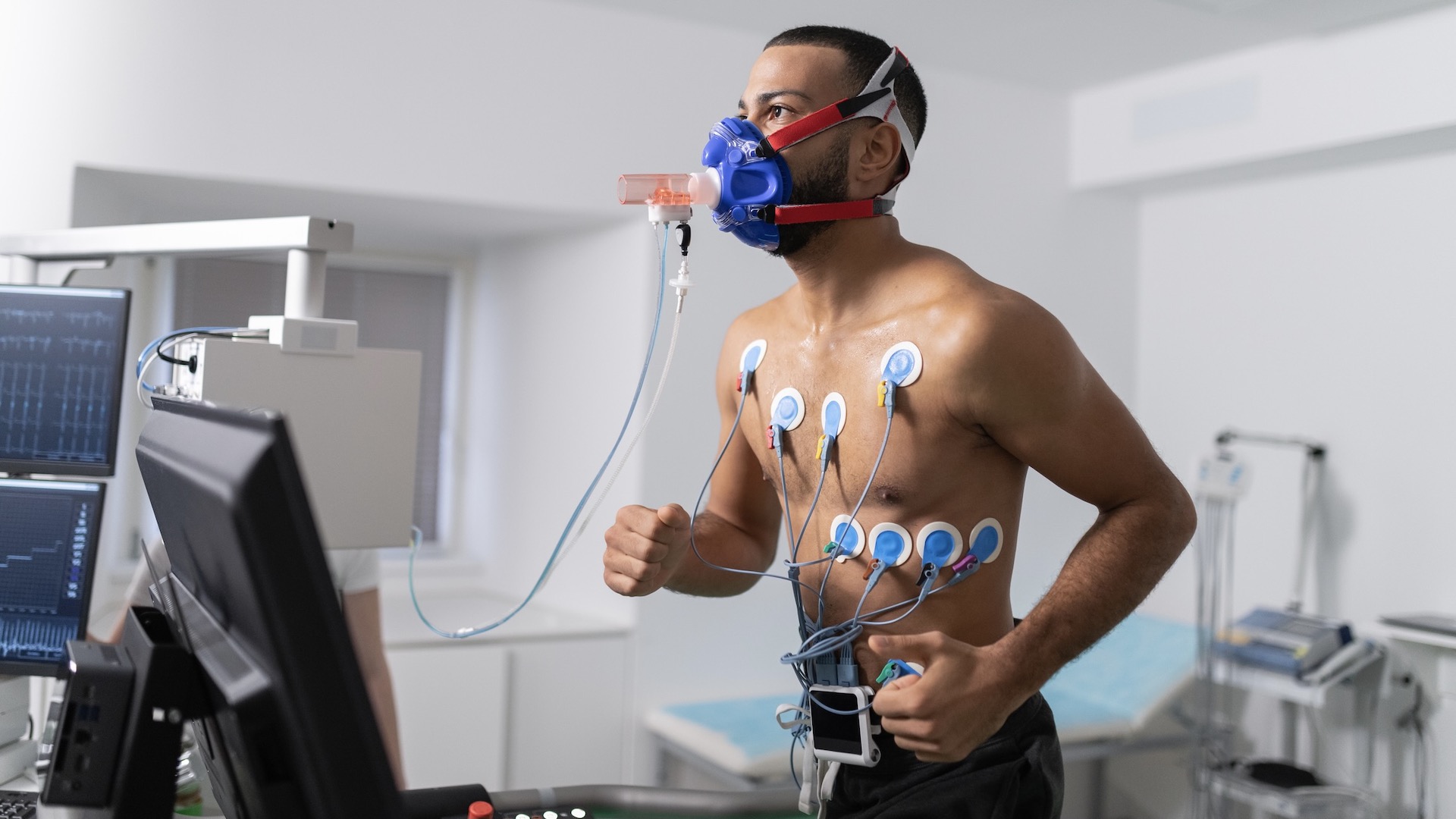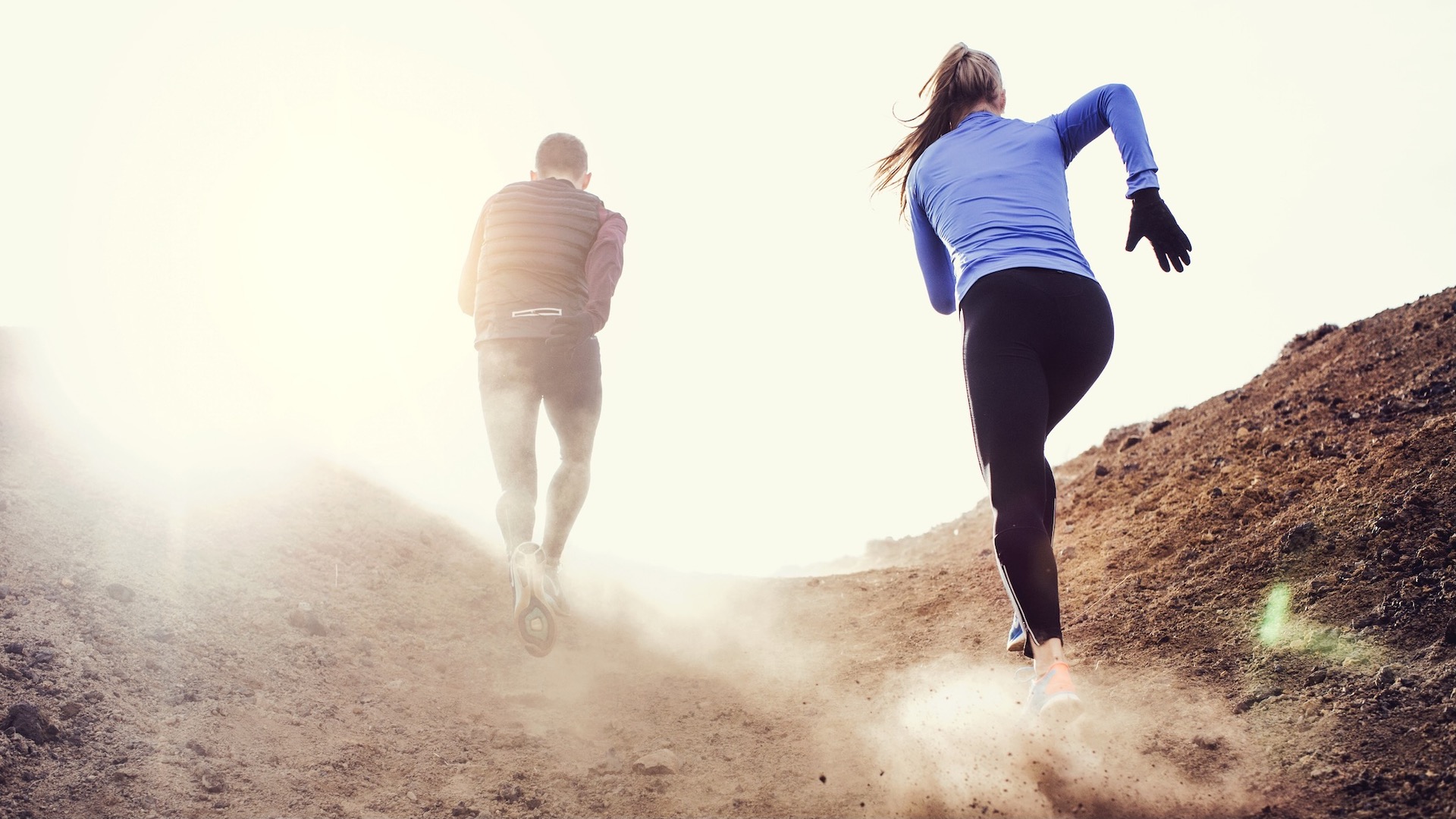What is VO2 max – and why is it important for runners?
Discover your healthy VO2 max and how to improve the measurement for longer and faster running

Many runners like to track their fitness, especially their ability to run faster and further. Most sports watches tell us fitness markers, such as heart-rate, pace, effort and calories burned but the ultimate test of your personal fitness is “VO2 max”.
But what is VO2 max? In short, it’s a measurement that is used as a way to discover an athlete’s aerobic endurance, or cardiovascular fitness.

What is VO2 max?
VO2 max is the maximum volume of oxygen (in milliliters) you can consume per minute per kilogram of body weight at your maximum performance. It is measured as: mL/kg/min.
Explained more scientifically, VO2 max is the maximum rate at which you can get oxygen into your body, transport it to your muscles and use it for efficient aerobic energy production. The more efficient you can perform this, the faster and further you will run with the same effort.
Of note, VO2 max is not lactate threshold. Lactate threshold is the point during exercise when lactate builds up in your bloodstream faster than your body can expel it. When you reach your lactate threshold, you get that familiar burning or cramping feeling. To be scientific, athletes, including runners, will reach their lactate threshold between 50 to 80% of their VO2 max.

How to test your VO2 max
The most accurate way to test VO2 max is in a lab using clinical equipment. It’s a costly type of equipment and so VO2 max is usually only used by elite or professional athletes.
There are some gyms and private clinics where you can have a VO2 max test carried out. Have a search online for places that might offer the test but be prepared to pay highly for it.
All the latest inspiration, tips and guides to help you plan your next Advnture!
The test involves runners wearing a mask and a heart rate monitor, which is hooked up to a treadmill. The mask is connected to a machine that collects and measures the volume of oxygen inhaled, plus the amount of air exhaled.
The clinician will slowly increase you exercise intensity as the test goes on. So you will be required to run faster or with greater resistance.
The aim is to reach a plateau where the runner’s oxygen consumption remains steady despite the increased intensity. This is the point where aerobic metabolism moves to anaerobic metabolism. In other words, this is when the body stops using oxygen to fuel the breakdown of carbohydrates and fats because there isn't enough oxygen. It usually occurs as muscle fatigue sets in.
An increasing number of the best GPS watches include a VO2 tracker. This will not be as accurate as the clinical test because there is no measurement of oxygen in-take or exhalation. For example, Garmin uses a range of information to assess VO2, including age, user background information and data collected from heart rate and speed.
However, some reports do rate some sport watches as being up to 95% accurate and if you want to measure improvements in performance, this could be a useful way to do it without having to pay for a lab test.
What is a healthy VO2 max?
A healthy VO2 max is different for every runner, just as it is with heart-rate. There is no one “best” VO2 max.
The factors that affect VO2 max are gender, age, fitness and altitude or wind speed.
To put it into perspective, the average inactive male will achieve a VO2 max of about 35 to 40 mL/kg/min, while for females this is 27 to 30 mL/kg/min.
Elite male runners can reach a VO2 max of up to 85 mL/kg/min, and elite female runners can reach to 77 mL/kg/min.

Can I increase my VO2 max?
To achieve a higher VO2 max, the aim is to increase your body's capacity to utilise oxygen for more efficient running.
High intensity training, or high intensity interval training (HIIT), will help to improve VO2 max. This sort of training, for example harder running intervals or hill reps for trail runners, pushes you to go past your anaerobic threshold before returning to a steadier, aerobic state.
Basically, you need to overload you system and then let it recover - like building stronger muscles – to increase your VO2 max.
An intervals set might look like this: warm up exercises; run fast for one minute; jog and recover for two minutes; run hard for 30 seconds; jog and recover for two minutes. Repeat.
You can do this for 10 minutes to start with and then build up the duration as well as the interval lengths. Don’t forget cool down stretches afterwards.
Tracking VO2 max will help you to understand if you have become fitter and if you can run further or faster at the same perceived effort.

Fiona Russell is a widely published adventure journalist and blogger, better known as Fiona Outdoors. She is based in Scotland and is an all-round outdoors enthusiast with favorite activities including trail running, mountain walking, mountain biking, road cycling, triathlon and skiing (both downhill and backcountry). Aside from her own adventures, Fiona's biggest aim is to inspire others to enjoy getting outside and exploring, especially through her writing. She is also rarely seen without a running skort! Find out more at Fiona Outdoors.
